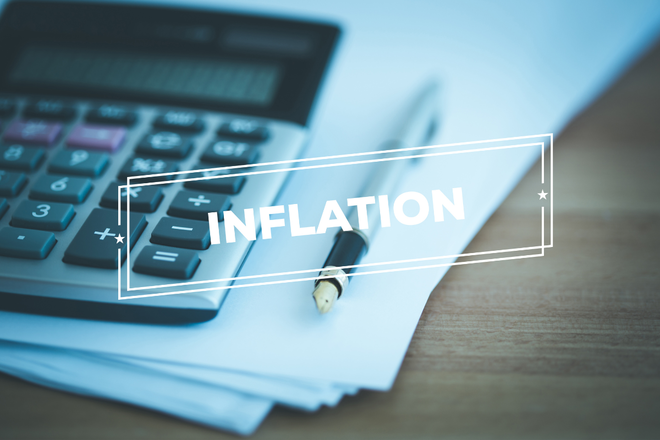
Inflation and pricing: factors to watch out for
Inflation affects everyone, from individuals to small and medium-sized businesses to large companies. To manage this effectively as a retailer, you need to adjust your prices to inflation. What should you look out for when pricing in times of inflation? In this article we look at how to answer this question.
Inflation, the significant growth in the e-commerce market, the disruption in the supply chain caused by the pandemic, and the increase in transport costs are all factors that have put e-commerce players under pressure in recent years and have also challenged pricing. We wrote about this in detail in last year's article "Pricing challenges of the moment - do you fight or flight?
What is certain is that the current situation requires prices to be increased for certain products and underpriced items to be corrected.
MONITOR THE MARKET!
Analyzing the market and your competitors is a must if you want to make good pricing decisions. Investigate your competitors' pricing moves, as a quick response can be essential in the world of e-commerce.
According to a survey last year, e-commerce accounted for 20.4% of global trade by the end of 2022, up from 10% just over five years ago.
The growing market and competition analysis could help to save margins in times of inflation. Analytical pricing solutions take into account trends, price elasticity, competitor prices, and many other important factors.
WHAT IS YOUR "STAR PRODUCT"?
If you implement a well-functioning dynamic pricing technique for your best-performing product or products (KVI, or Key Value Item), you can optimize your sales and make a profit. Importantly, pricing your best-performing products is not something you can do once and then be completely satisfied with, but something you need to review regularly.
PriceKit's cloud-based pricing decision support system will help you determine what percentage movement in prices you can allow when dynamically pricing your KVI commodities.
TRANSPARENT COMMUNICATION
Your customers will be more understanding of price increases if you communicate honestly about the reasons. Research shows that good communication between seller and buyer is the secret to a long and good relationship.
What to look for?
Be transparent: be honest about why you are raising your prices (e.g. to increase material costs and/or maintain product quality). You can also inform your customers about price changes in newsletters and on your social media platforms. Transparency in difficult times like these make your brand and communication reliable.
Don't apologize: When informing customers about price increases, don't make the whole communication about writing the word inflation a thousand times and apologizing for every other sentence. In the current situation, everyone is aware of the fact of inflation.
In addition to briefly but politely explaining the reasons (see above, e.g. increase in material costs and/or maintenance of product quality), concentrate on highlighting the benefits of the good or service, communicate the positive features of the product that you may have mentioned less, tell about what is new.
If you have the opportunity, you can also offer a small gift or extra service as a special offer. This will make the customer feel that it is worth paying the higher price.
STRENGTHEN YOUR BRAND
A solid, strong brand can mitigate the negative effects of inflation and high prices, which is why maintaining a positive brand image can be paramount for customers.
Good customer service is essential for website visitors and customers, so respond to all their needs as efficiently and quickly as possible. Informative and helpful communication with customer service will lead to a positive relationship with the brand in the future.
Define the expected customer value, which includes all the benefits the customer expects from the product or service (quality, price, brand image, etc.). After all, customers are looking for a particular product or service if it meets their needs and requirements. You can use customer satisfaction surveys and questionnaires to help you determine the expected customer value.
PriceKit's system helps you to monitor competitor prices and dynamic pricing to stay competitive in challenging situations and increase your revenue. Try it now for 14 days for free!

